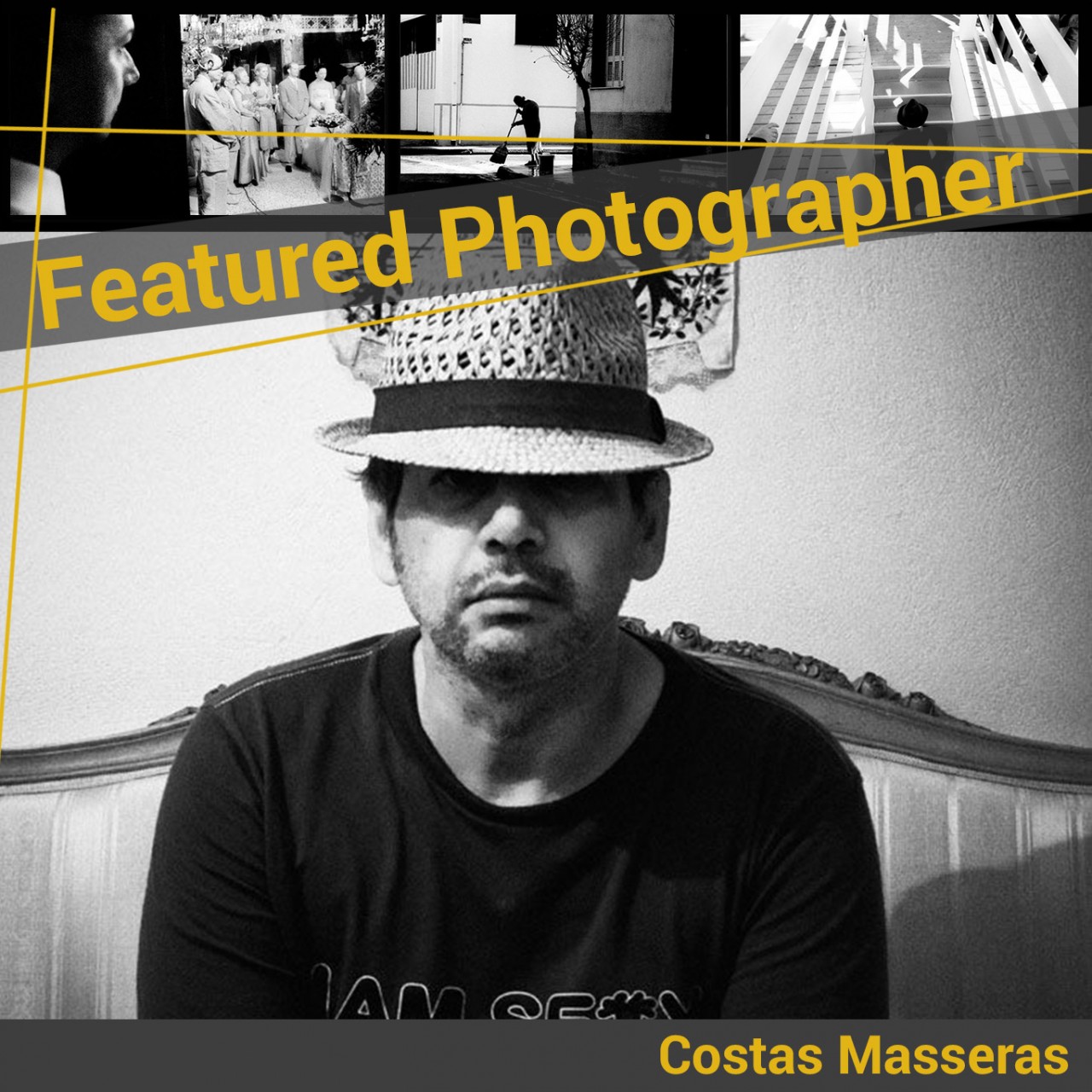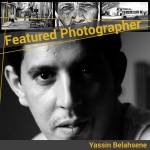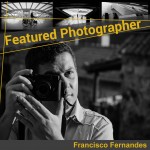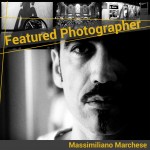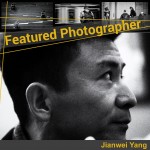Interview with Costas Masseras | Greece
Hello Costas Masseras ! We are honored to be able to interview you for our Featured Photographer format on www.streetviewphotography.net!
Please tell us a little bit about yourself to begin with.
I was born in Piraeus 48 years ago, and I’m living in Athens. Over the last 20 years I’m working in photo equipment selling shops, but these difficult years of the crisis in Greece, it is very difficult to continue with this job. I’m married and I love to combine traveling with photography.
What is photography for you?
It is an effort of communicating; it’s my leisure time that I don’t want to be thrown in the trash, it is eventually a part of my life. Photography is the way to bring reality close to my standards. If I can’t change it, I can barely transform it.
Could you share with us how you first became interested in street photography?
Walking in the city I’m living, I discovered various interesting locations to take shots. Some of the passing people where trying to find out what I was doing and staring at me with curiosity. So I thought what about include some of them into my motives. With time my collection of people in various public places (like streets, plazas, beaches) has become quite big. After more than 20 years, I think that I had enough photographic material which can be presented.
What equipment are you using now and with what did you get started? what is your favorite lens for Street Photography ?
My first equipment where film cameras, using B&W film. Now I’m using only digital cameras, mainly small cameras which are not too heavy. Lenses remain unchanged: 24,35 and 50mm are my favorite ones and the 35mm is probably the most used one. I can say that my equipment change quite a bit by moving from analog to digital. The modern technology is one part of photography which gave us solutions on many problems in photography, but its still just one part of it.
Can you tell us about your work flow from the point you first step onto the street until you showcase the developed picture?
When I’m on the streets I try to get my head clear, which makes me more open minded to think about what I see. Usually I do not photograph more than two hours and if I’m satisfied I may stop a little earlier. Afterwards, a very important process is the selection which must be done with very strict criteria – which surely defer from person to person – personally I select strongly.
The good photos which are left do not require a lot of post processing, so I’m just cropping a few or I choose if I keep it in color or black and white. When a photo is ready I post it on the internet in order to hear opinions. From time to time I make some exhibitions on galleries or various exhibition halls.
What would you say characterizes your work in comparison to other street photographers?
I think that my work is more about the relation of the subject with his environment and less about the actual activity of a person.
Has your style of shooting changed since you first started?
I believe that in order to find a style which suits you, you have to try many different approaches. Often I make a break from street photography in order to shoot portraits or landscapes; this gives me the required distance I need in order to decide which would be my next step in the streets.
Do you often interact with your subjects?
I never had any kind of cross talk, maybe I’m lucky. Maybe the way I shoot does not annoy people. In general I’m very discreet and when I feel that someone gets bothered, I’m just lowering my camera.
Among your works, which is your favorite and why?
This is one of my first pictures and it is indicative of my whole work, in respect to the style I photograph.
What are some of the most important lessons you have learned from shooting on the streets?
To be mindful makes one able to “see” pictures where others perceive the daily routine. The observation alone is not enough. I have to ensure that I have the understanding which allows me to think about my photos and the message I want to send.
Persistence…this is of major importance in order to bypass any disappointments, deadlocks; ..each photographic impasse to be a new start.

What would you tell a newcomer who asks for your advice on how to start?
To dedicate time on each shoot and not just carrying a camera always with them, to be patience and observational. In street photography someone may have to walk for kilometers before he finds something remarkable. As important the actual shooting is, the image selection is equally important too. Often I discover initially rejected photos after a very long time. The post processing must be so much, so that the final picture does not slip away from the initial indention, otherwise a different picture will occur.
Thank you very much for this interview Costas!
See more of Costas Masserases work here.

 Follow
Follow
